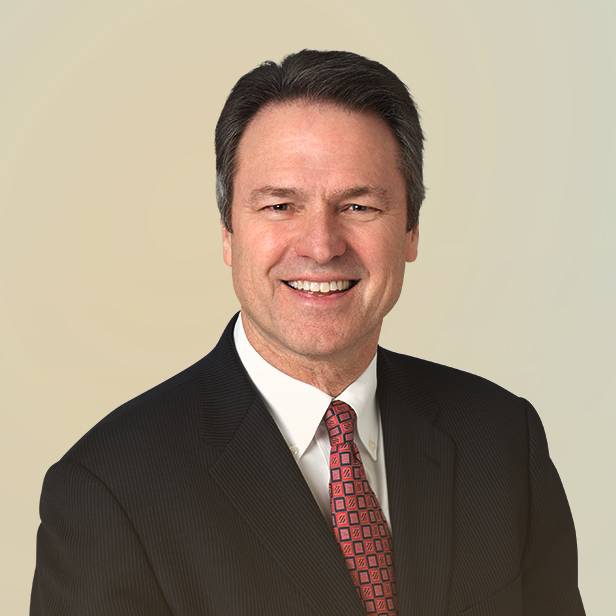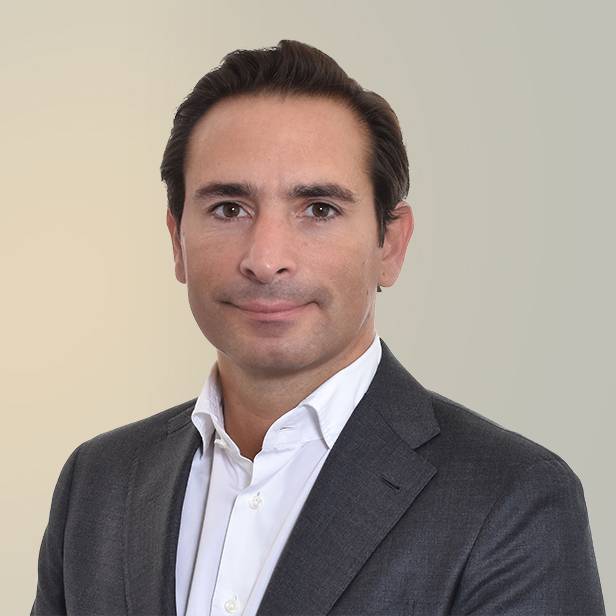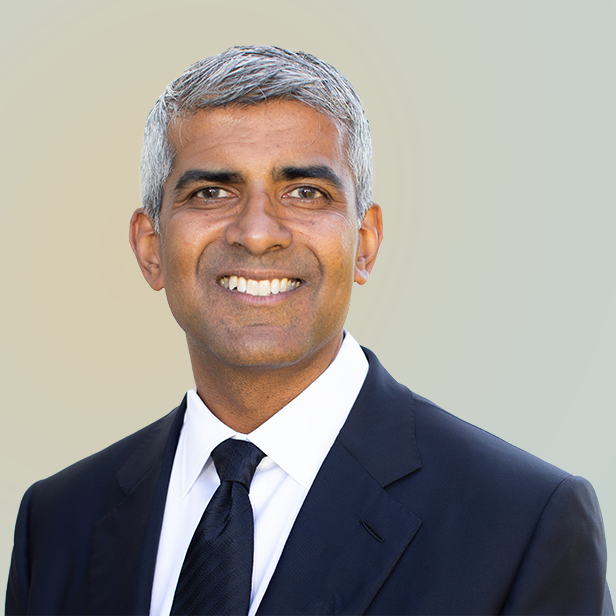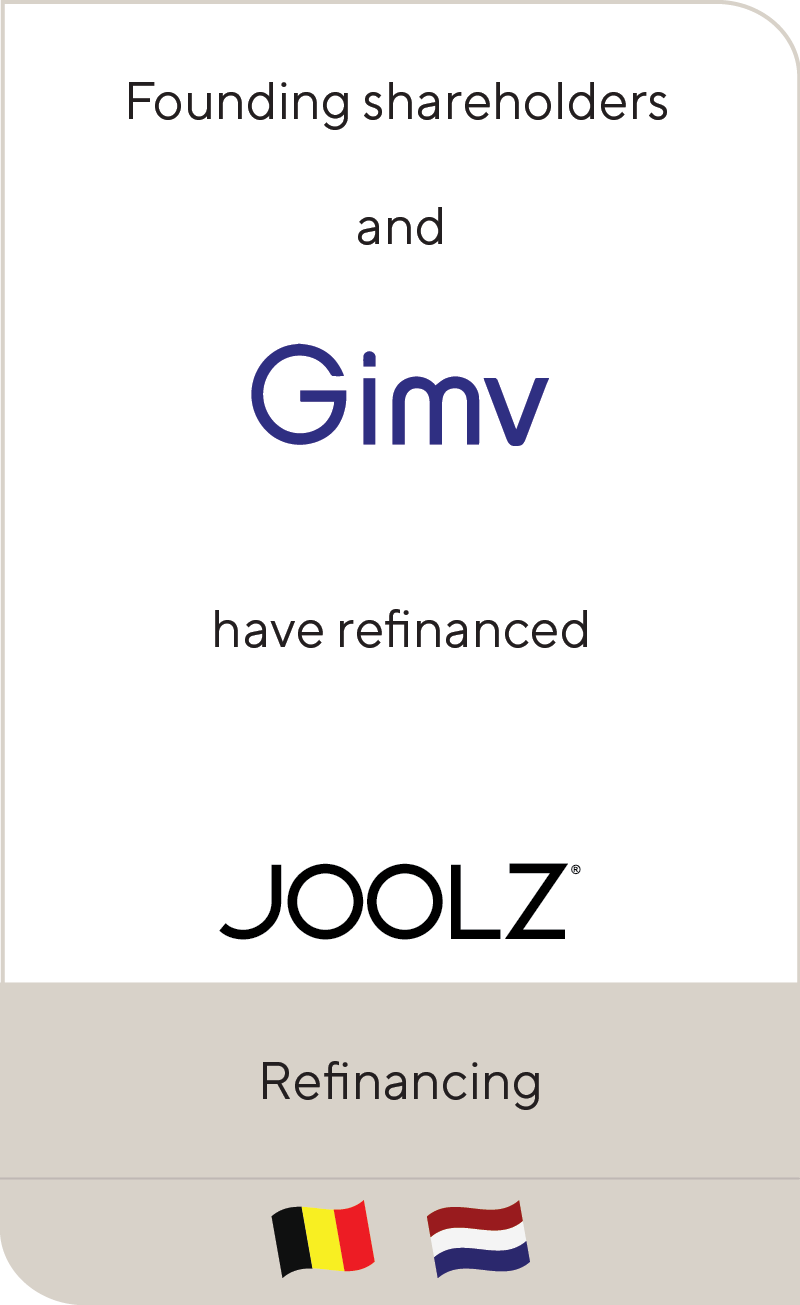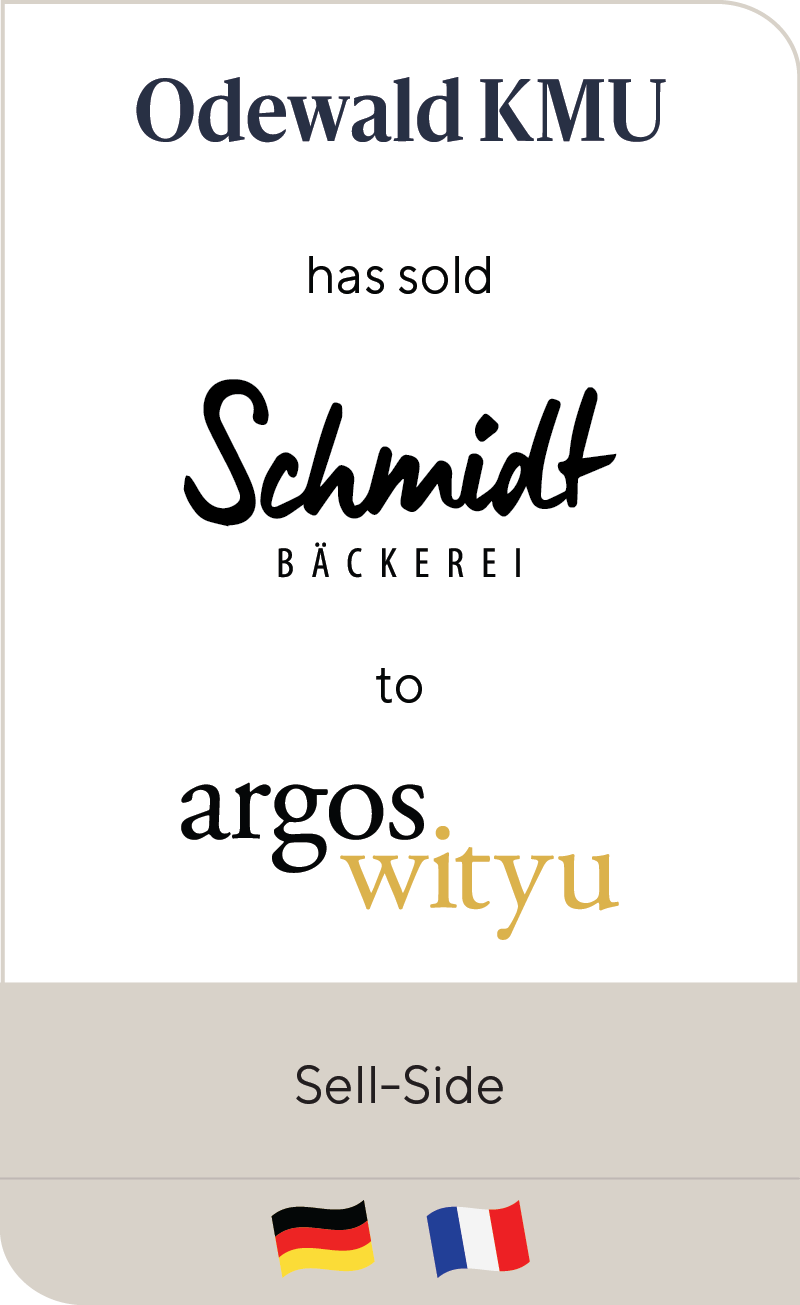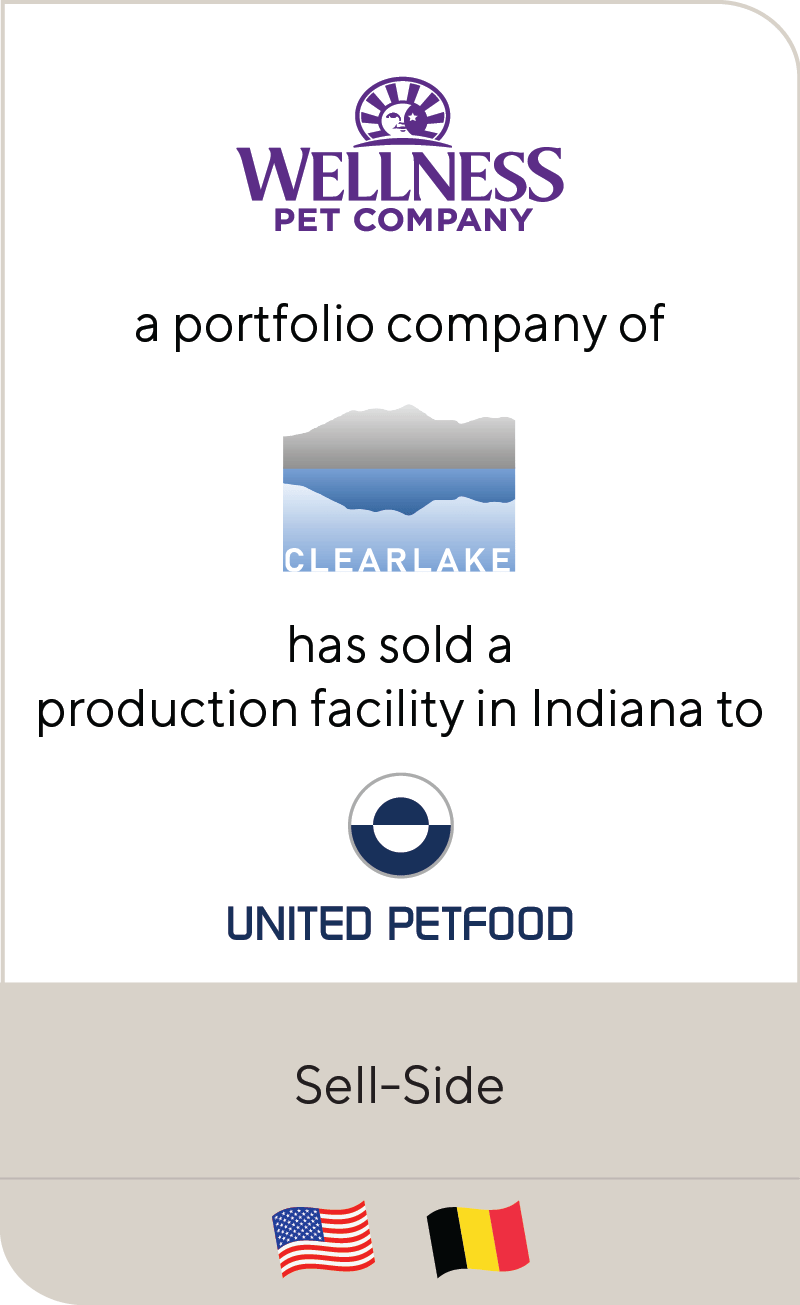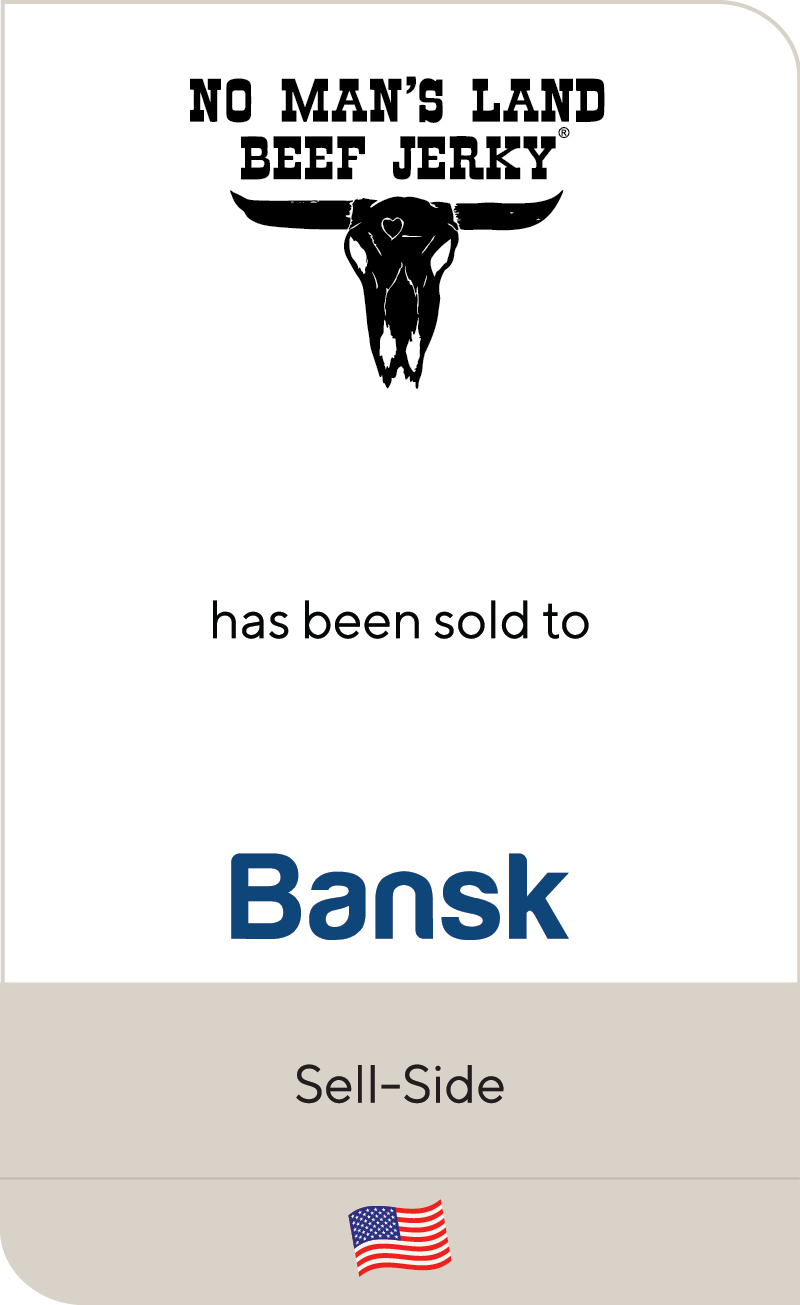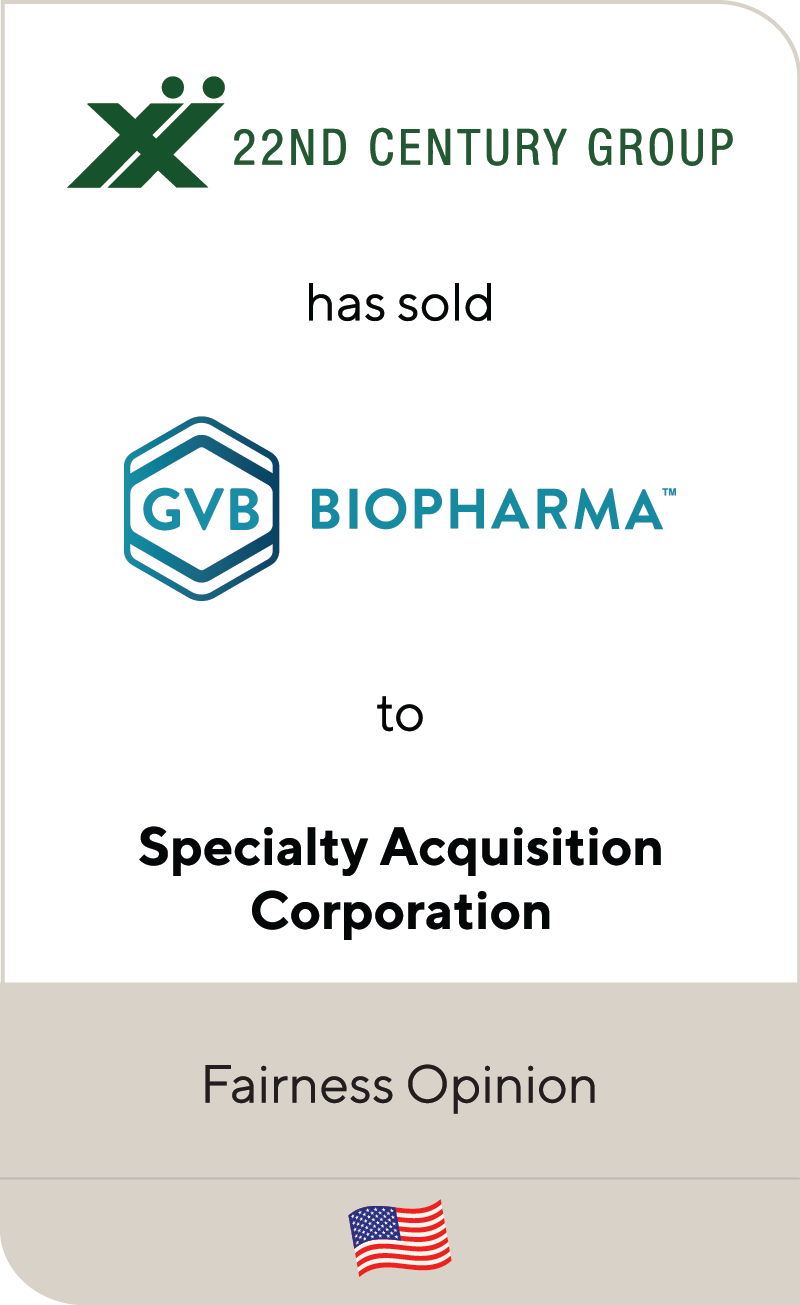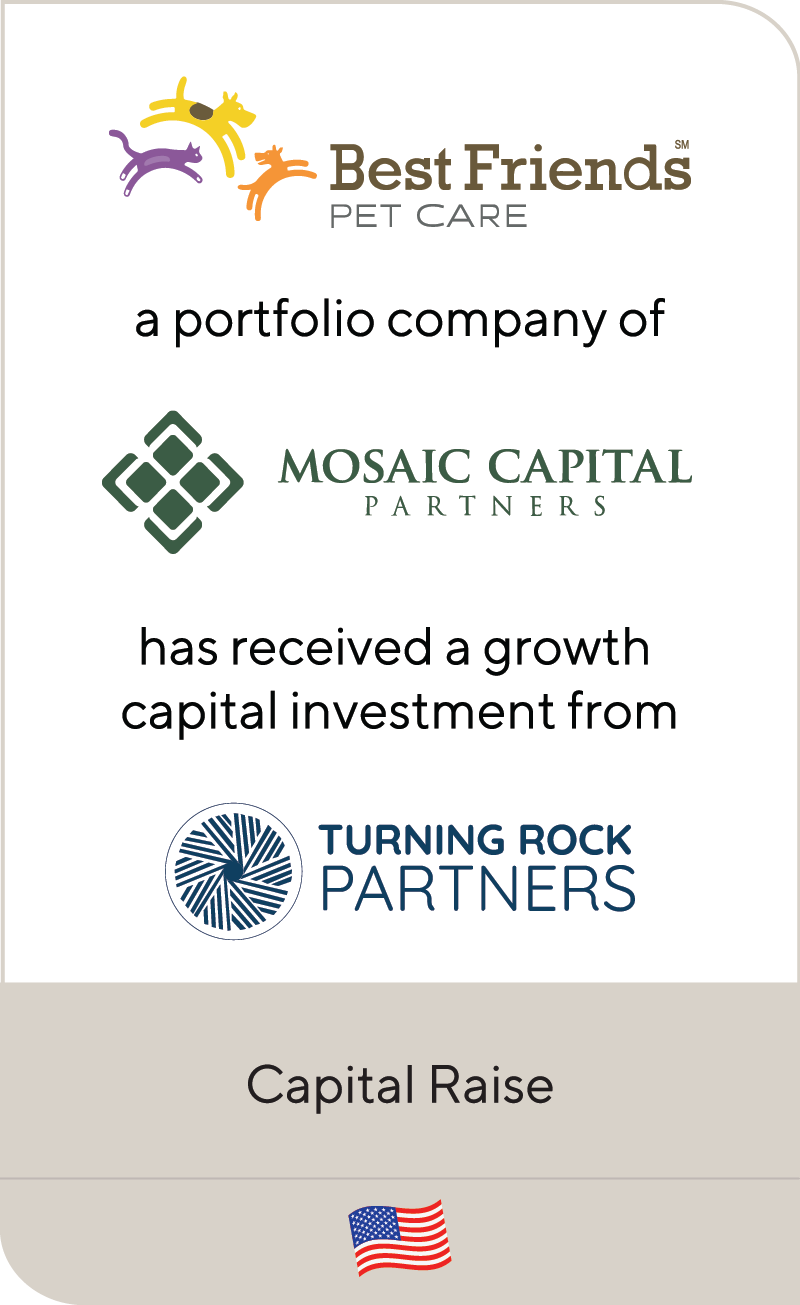Beauty Outlook: Optimism for an Attractive 2023
Mar 2023
| Many investors are eyeing the year ahead for the beauty and personal care industry as it is ripe for accelerated growth due to several factors. 2022 had a key focus on sustainable beauty and the industry experienced great growth across its core categories. In 2023, brands are launching new and more inclusive products that are changing the definition of beauty, yielding an overarching holistic approach to the beauty and wellness theme, and keeping consumers engaged. As a result of ongoing consumer interest in the beauty industry, investors are increasingly interested in the category, and mergers and acquisitions (M&A) activity is expected to pick up later this year.
In the below perspective, Lincoln International further examines the trends that shaped 2022 and those that will usher the industry into a new frontier in 2023, resulting in a positive M&A outlook for the second half of the year. |
Summary
-
Lincoln International discusses the beauty sector trends that shaped 2022 and those that will usher the industry into a new frontier in 2023.
- Click here to download a printable version of this perspective.
- Sign up to receive Lincoln's perspectives
Significant Growth Achieved through Foundational Elements
Last year showed double-digit growth across all core categories from skin and makeup to hair and fragrance. According to market research company The NPD Group, the U.S. mass beauty market reached $66 billion (+9% year-over-year (YOY)), while the U.S. prestige beauty market reached $27 billion (+15% YOY), demonstrating consumers’ willingness to spend despite recession concerns. Strong double-digit growth in prestige beauty was also seen in Europe (+17% YOY) and Latin America which experienced the strongest growth in prestige beauty (+42% YOY). China was the only region that experienced negative growth in the category as a result of COVID-19 lockdowns that were otherwise mitigated for the rest of the world.
Key trends driving this accelerated growth stemmed from the heightened focus on sustainable beauty, which continue to be important to consumers’ buying decisions such as healthy aging, acne care and an influx of products catering to once-taboo personal care needs. Other factors within each marquee category include:
- Skincare: Growth in skincare was driven by new innovation and brands purporting science-backed, clinical-grade efficacy which appealed to consumers seeking the best value for results when it came to the health of their skin.
- Hair: Growth in hair has followed a similar trajectory to skincare (albeit off a smaller base) with increasing interest in multi-step haircare routines and a special emphasis on scalp care behind the “skinification” of hair trends that we’ve seen over the last two years.
- Color: Color cosmetics saw a much deserved rebound as consumers began going out again and choosing to invest in their appearance and new ways to express themselves. Like many of the winning skincare brands that can tout doctor-backed positioning, professional makeup artist-led brands such as Patrick Ta Beauty bring a similar point of credibility and authority when it comes to brands both consumers and investors had their eye on.
- Fragrance: As one of the fastest-growing beauty categories during the pandemic, the industry saw the revitalization of a category that was once rooted in gifting occasions and worn for the benefit of others to one now established in self-care and wellness for the individual wearing it. There is a new class of brands in fragrance, such as Skylar Beauty, that separate themselves from the celebrity, and instead focus on environmental sustainability and clean ingredient positioning that will shape the category going forward.
Beauty: A Highlight Amidst a Challenging Economic Environment
One can’t ignore the mounting economic pressures in the form of stock market volatility, record high inflation and skyrocketing energy costs which forced consumers to tighten their wallets. In Europe, this is further exacerbated by fears associated with geopolitical strife. However, while many sectors have started to see signs of contraction in discretionary consumer spending, the beauty industry has proven its ability to withstand economic pressures time and again as consumers are able to justify these small indulgences relative to other high-cost expenditures (i.e., automobiles, technology, apparel) to maintain their appearance and overall wellbeing. In fact, in a consumer survey conducted by NPD in 2022, of those who plan to pull back spending on discretionary goods such as apparel, technology and travel, 70% said they are not planning to cut back on beauty.
It is also widely recognized that higher income earners are less likely to be impacted by a recessionary environment, further supporting the bullish outlook many continue to have on the growth of prestige beauty; however, beauty brands sold through mass channels also stand to benefit from the influx of more price-sensitive consumers trading down from masstige brands.
Key Trends Driving Beauty in 2023
In 2023, Lincoln predicts a more holistic approach to beauty and wellness. New products that are evolving the definition of beauty have come into focus thanks to brands which have pioneered that beauty means more than face alone. The trailblazing efforts of these companies have paved the way for more inclusive products that target challenges such as thigh chafe, acne beyond the face and the impact of hormones on wellbeing. Below are the key themes we believe will drive the growth of beauty in the year ahead.
| Relatable Mission: Driven by Purpose. Sustainability, which is better for both consumers and the environment, inclusive representation and a brand’s “why” are all phrases that fall under the headline of “why a brand matters”. Consumers are no longer looking for one-size fits all; they want targeted niche products designed for each specific beauty need. They want to see themselves represented in advertising and as part of a brand’s storytelling. Brands that stand to win are those that are breaking down barriers, changing the mindset of how beauty is defined and ultimately standing by their “why”. |
| Innovation & Ingredient Efficacy. Efficacy of a product continues to be a top priority. For consumers, democratization of science has enabled them to become more educated around the benefits of key ingredients, allowing them to make more informed buying decisions and simultaneously providing comfort that their dollars are being well spent on a product that delivers on its promise. For acquirers, product efficacy is the first indicator of a brand’s ability to establish a loyal following and solidify its place in the market well into the future. |
| Beauty Services. Consumers are seeking out services from lasers, fillers and injectables to lash tints and microblading. They are starting these practices at a younger age, both as a preventative measure against aging and to attain a certain aesthetic that is associated with expensive skincare practices. Though once only available through a professional doctor’s office, these services have never been more accessible than they are today with attractive membership-based pricing models that drive a high degree of customer loyalty at attractive margins. |
| Omni-Channel. The rising cost of digital advertising and challenges posed by direct to consumer (DTC) over the last two years has driven many companies to rethink their distribution strategies in order to achieve sustainable models over the long term. Now that lockdowns are largely over, consumers have flocked to in-store retail in search of experiential interaction with brands and opportunities to touch, feel and experiment with the products they discover online. While the actual point of purchase remains split between online and brick and mortar destinations, brands are finding ways to engage, connect and educate consumers across all touch points. Looking beyond traditional mass, specialty and DTC channels, Amazon has grown to become the third largest channel for beauty sales, according to Nielsen IQ (behind mass and specialty, respectively); however, its growth is outpacing all channels by nearly three times. While DTC drives awareness and discovery, and in-store retail fosters trial and experimentation, Amazon provides convenience for a time-starved consumer as they can purchase a variety of products across different categories—such as beauty, household and technology—with guaranteed next-day delivery. |
An Optimistic Outlook for Beauty M&A Despite a Challenging Macroenvironment
We believe the future of beauty is bright. Despite macro headwinds, the beauty sector has proven its ability to outpace broader market conditions time and again and the consumer remains highly engaged and connected to beauty which will continue to fuel strong growth in today’s market.
The BeautyMatter deal index tracked a total of 344 beauty-related deals in 2022, down 15% from the M&A boom that was experienced in 2021, but up over 2020 and 2019 levels. The majority of these transactions closed during the first half of 2022, driven in part by pent up demand and a surplus of dry powder that fueled investor appetite. However, hints of a market slowdown began to appear in Q3 2022 amid increased uncertainty of perceived risk brought on by macroeconomic factors such as volatile capital markets, inflation and geopolitical turmoil. We also observed a softening of valuations on a broad scale as thresholds for all investor classes to participate in M&A have become higher for domestic and cross border transactions.
Strategic and financial investors have both cited a slowdown in deal flow in Q1 2023 with some opting to sit on the sidelines and wait for valuation expectations to factor in market risk. The consensus remains, however, that there is still a lot of dry powder looking to be deployed, and strong assets that have remained focused on growth and profitability will still make for top-tier targets in the eyes of strategic and financial investors. As a result, we expect to see a more robust M&A market for beauty during the second half of this year with a number of growth capital and sell-side opportunities coming to market after keeping their heads down to focus on executing near-term business plans.
Contributors

With a commitment to building lasting relationships, I take a bespoke approach to the individual needs of every client I work with, seeking to be their champion, trusted advisor and partner well before, leading up to and throughout any potential transaction that may take place.
Ashleigh Barker
Director
Los AngelesMeet Professionals with Complementary Expertise in Consumer
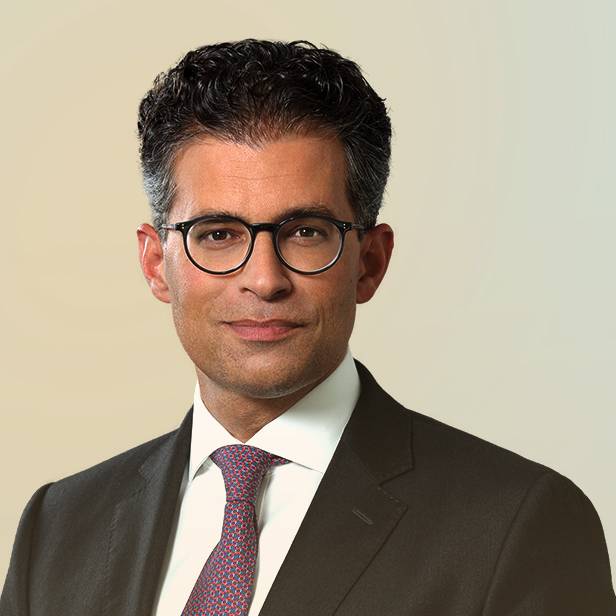
It’s an exciting time to advise clients in the consumer sector. Major changes in consumer preferences and how products are purchased create a rich environment for business owners and investors to succeed.
Dirk Damegger
Managing Director & European Co-head of Consumer
Frankfurt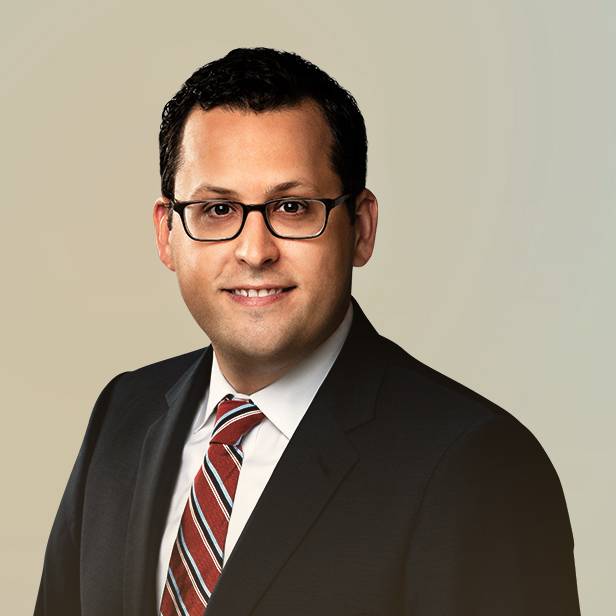
I have a hands-on approach and bring energy, creativity and passion to every client transaction.
Eddie Krule
Managing Director
ChicagoRelated Perspectives in Consumer

Lincoln International Managing Directors Recognized as Emerging Leaders
Lincoln International is pleased to share that The M&A Advisor named Managing Directors Adam Gifford, Brian Goodwin, Eddie Krule and Scott Molinaro as recipients in the Emerging Leaders Awards. These… Read More

Food & Beverage Market Update Q1 2024
The M&A market remained somewhat challenged during the first quarter; however, we experienced improved dealmaking conditions.

Consumer, Business and Economic Trends Align to Drive New Interest in Recommerce
Back in 2021, the recommerce industry seemed to have finally hit its stride, with the sector experiencing a surge in transactions, valuations and deal sizes. At the brink of becoming… Read More

The Fitness Investment Landscape
State of the Fitness Market: presented by L.E.K. Consulting Fitness Market Stabilization and Return to Growth Few industries were as negatively impacted by COVID-19 as the in-person fitness industry. Deemed… Read More


